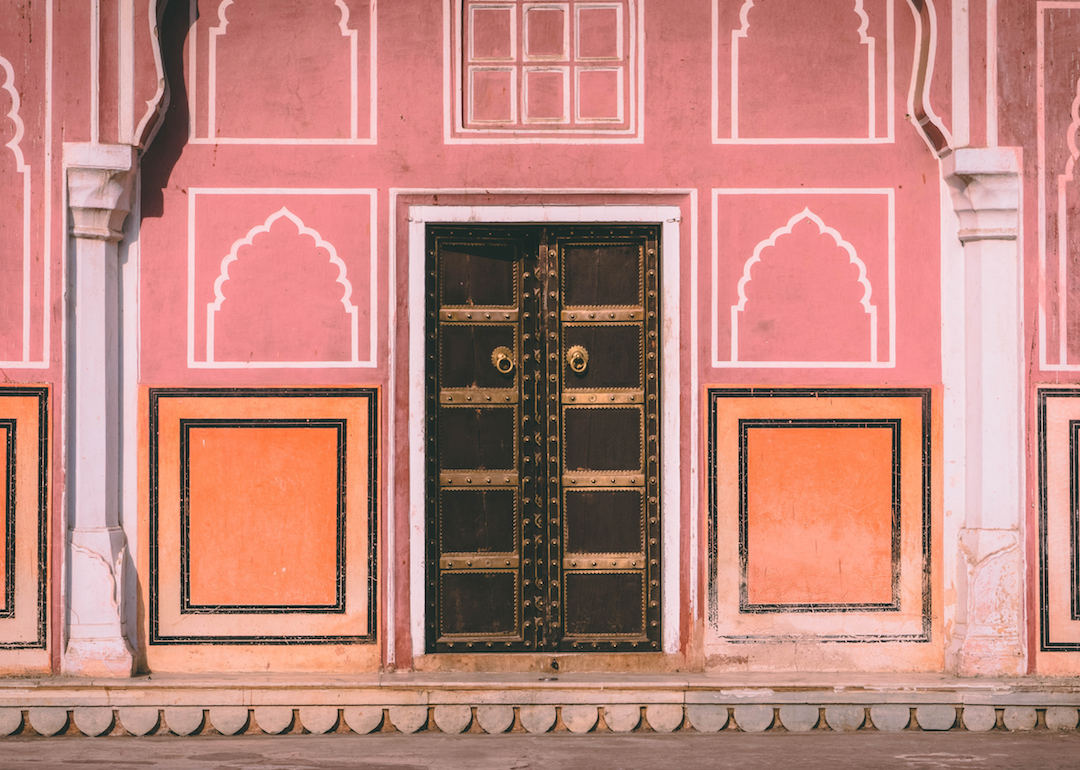
What homes are like in 25 places around the world
What homes are like in 25 places around the world
People's living situations around the world are dictated in large part by the cost of living. And in the last five years, real home prices have swelled by 24% while real income has only grown 8%, according to reporting from the Wall Street Journal. This disparity between income growth and home prices has worsened what was already a global housing crisis. Cities around the world, from New York and London to Sydney and Berlin, are wrestling with how to make living more affordable for their citizens. You can see how living standards vary in locations around the world: In the most expensive cities, such as Hong Kong, Paris, and Singapore, you get less square footage for far more money. That translates into more people living with roommates, in tiny studio apartments, or—as is the case in Hong Kong—"micro-apartments." These dwellings come in stark contrast to palatial homesteads on rolling hills on countrysides where property comes at a fraction of the cost.
Housing is also influenced by culture, from turf huts in Iceland to circular yurts in Mongolia. Using various sources, Stacker has curated a gallery of 25 unique homes from around the world. These homes may be wildly different from the high rises and detached homes we're used to—but they're incredibly significant in the cultures from which they come. Even more importantly, these decent housing options have removed barriers for opportunity, success, and health for generations of families.
Join us on a tour of some of the world's most distinctive and interesting homes.
You may also like: 30 beautiful structures from the mind of Frank Lloyd Wright
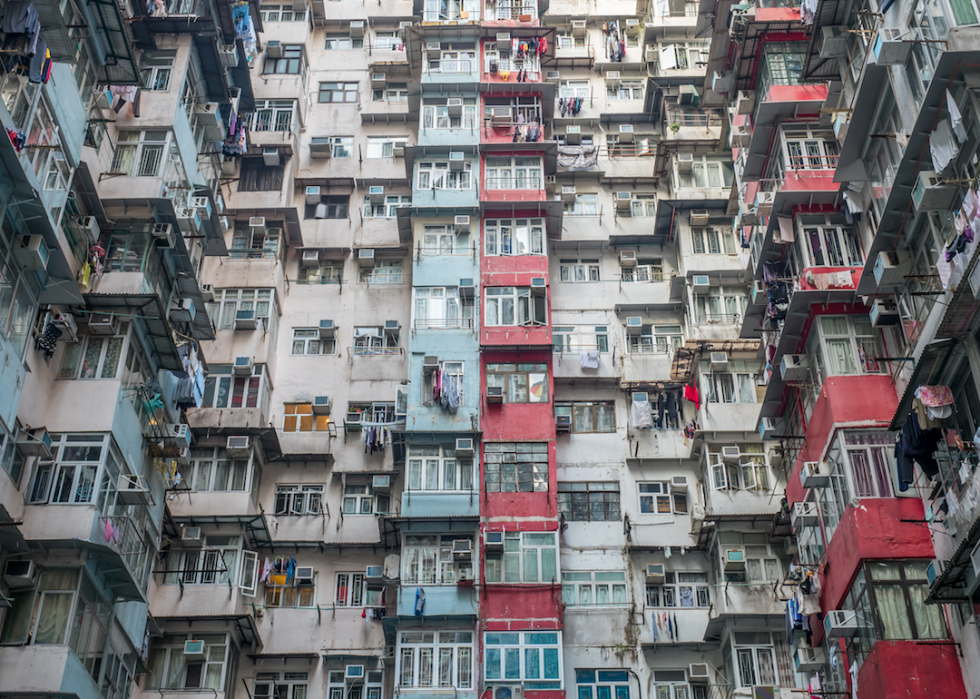
Hong Kong, micro-apartments
Hong Kong is among the top five most crowded and expensive cities in the world. The average home price in the area rose in 2014 to a staggering $1,900 per square foot, pricing many long-term residents out of the area. As a result, developers began producing micro-apartments of 200 or 300 square feet for those who were willing to sacrifice space for location. For years, the trend has held steady, leading hundreds of thousands of residents to call these tiny spaces home.
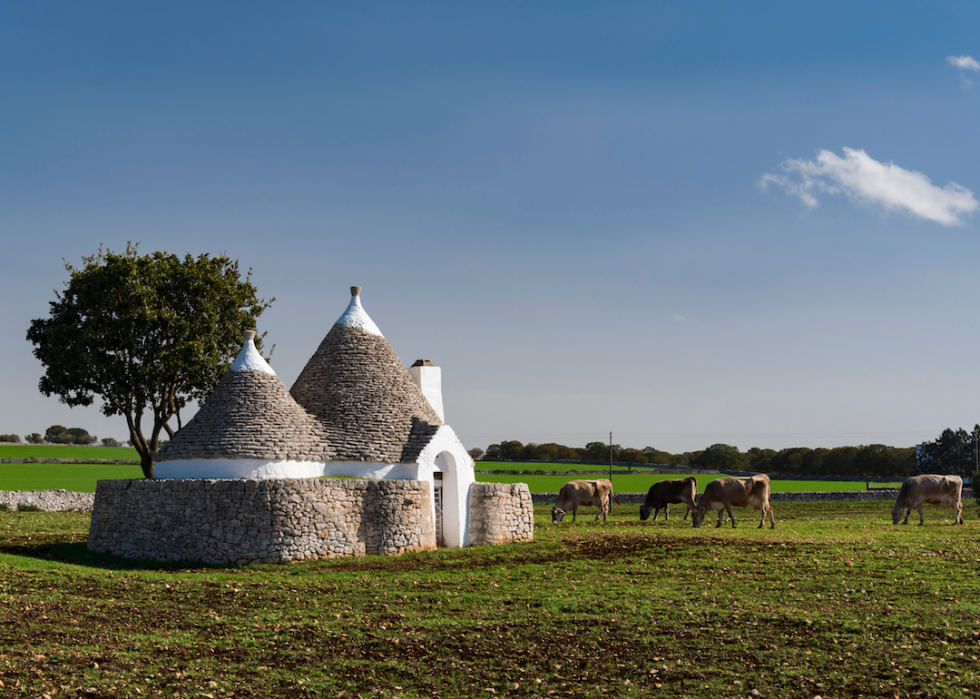
Puglia, Italy, trulli houses
With their whitewashed walls and conical stone roofs, trulli are traditional residences in the Puglia region of Italy. Specifically concentrated in the town of Alberobello, some of the trulli date back to the 16th century when builders used the abundance of nearby limestone to quickly construct family homes. With double-layered walls and rooftop gutter systems, these homes may seem primitive, but nearly all of them are still occupied in some manner today.
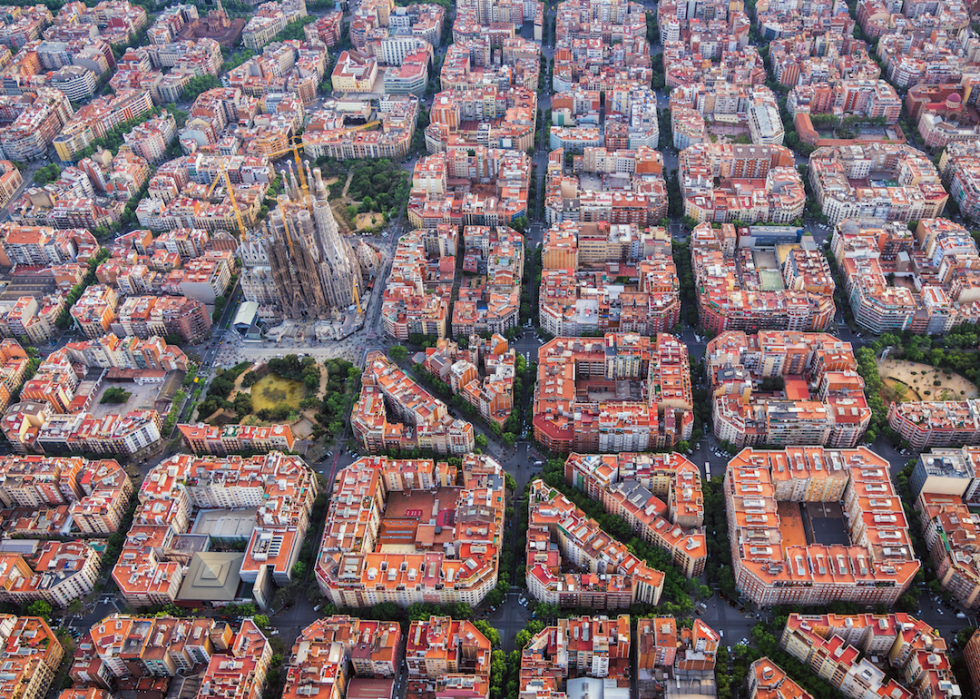
Barcelona, Spain
Today, Spain is a major European capital, a bustling city that attracts millions of tourists each year. But back in 1850, the Spanish port town was on the brink of collapse due to the medieval walls that were hemming it in. So the city hired engineer Ildefons Cerda to expand and update the city. Cerda invented urbanization and turned Barcelona into the first modern city. He spaced the city on a grid, instated Barcelona's unique octagonal blocks, and created room for markets, hospitals, and schools amongst the crowded apartment blocks.
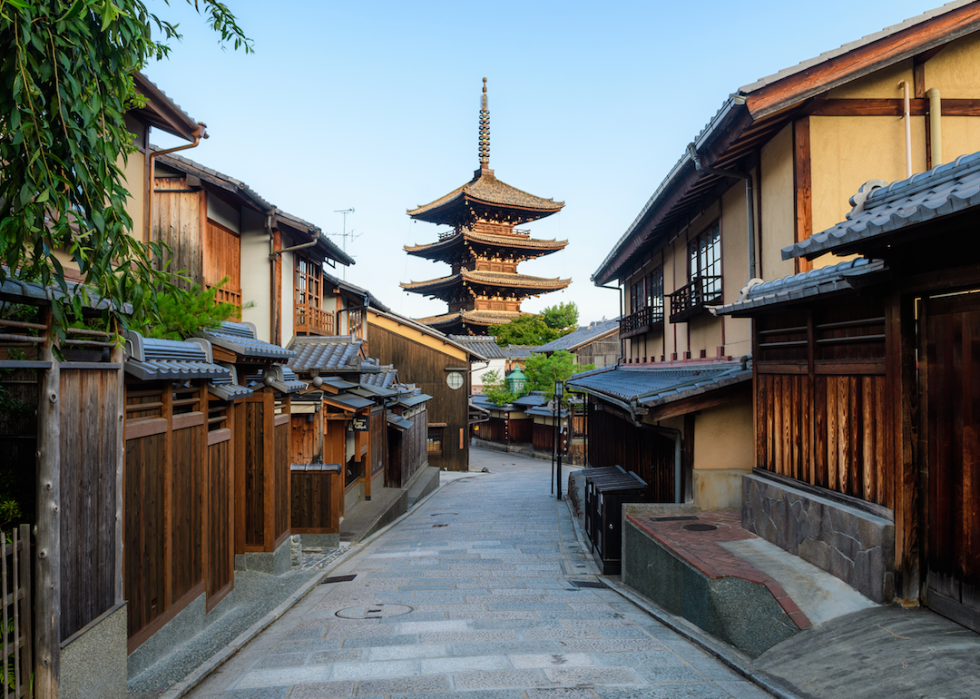
Kyoto, Japan, Machiya
Kyoto was one of the few major cities in Japan that wasn't bombed during World War II. As a result, many of the traditional wooden townhouses called Machiya that were popular before the war are still standing. Long and narrow, the houses are made entirely of organic materials with a wide-open floor plan and an enclosed courtyard. Many families in the region still live in Machiya, while others can be hired out as vacation rentals for adventurous travelers.
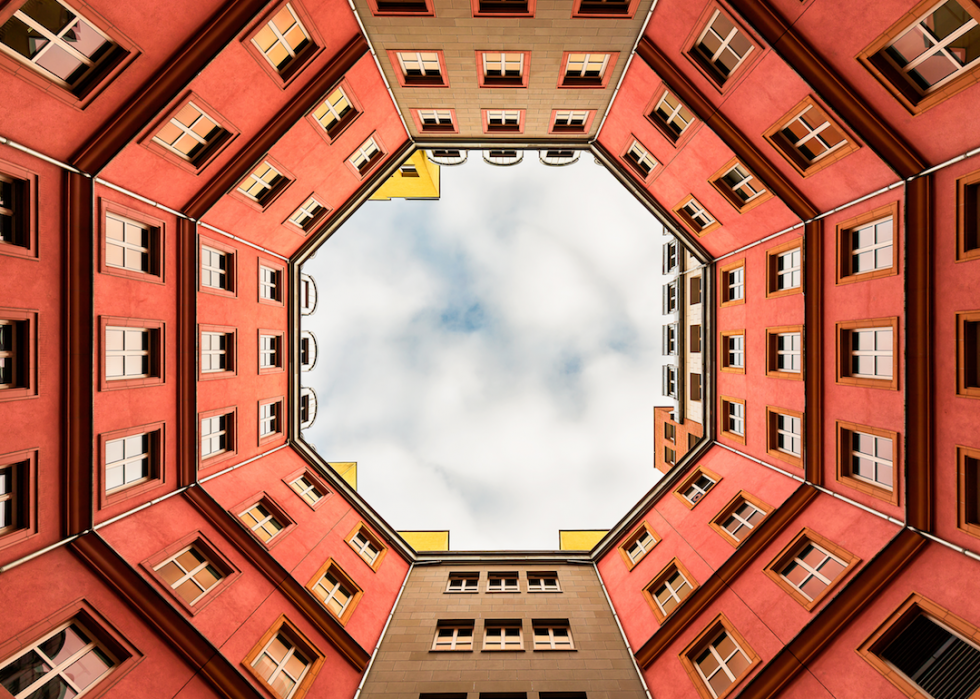
Berlin, Germany, Quartier Schützenstrasse
A few meters from where the Berlin Wall once stood lies the Quartier Schützenstrasse. Designed by architect Aldo Rossi, the project was intended to re-utilize what the war had turned into a wasteland. The quartier has dozens of distinct, and colorful facades—despite being built in one fell swoop—and houses both residential and commercial properties. One of its most distinct features, typical of almost all Berlin residences, is the enclosed courtyards that provide city dwellers with easy access to an outdoor space.
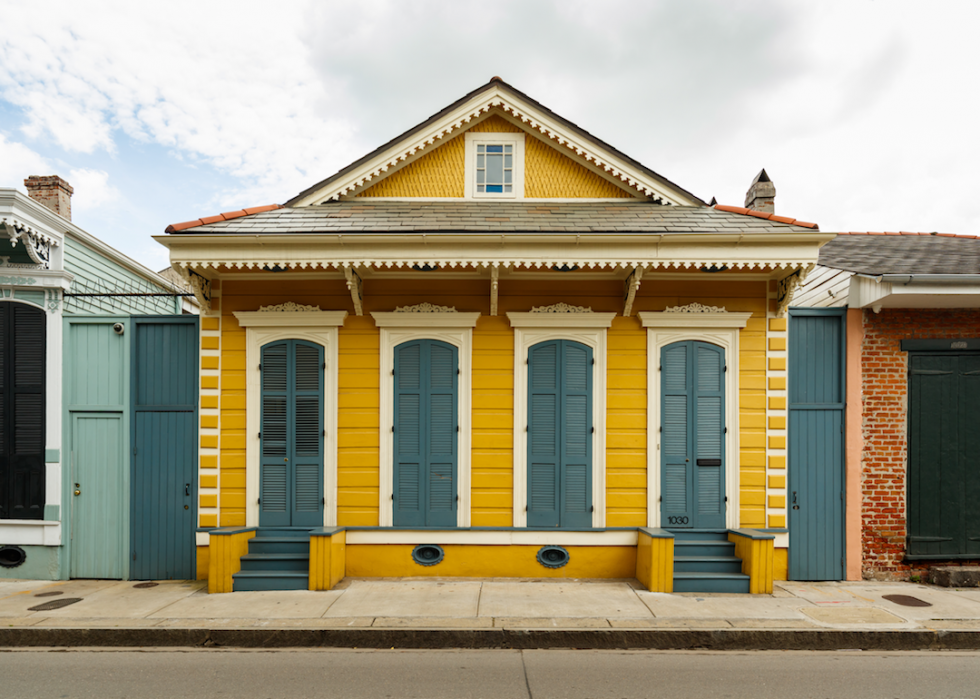
French Quarter, New Orleans, Louisiana
When immigrant workers began moving to New Orleans in huge numbers during the early 1800s, they brought with them a new style of home: the shotgun house. Small and affordable, these houses have distinct features including being slightly raised off the ground (to protect them from hurricane damage). While not as instantly recognizable as the plantation homes in the Garden District, Shotgun houses have been experiencing a resurgence in popularity following Hurricane Katrina in 2005.
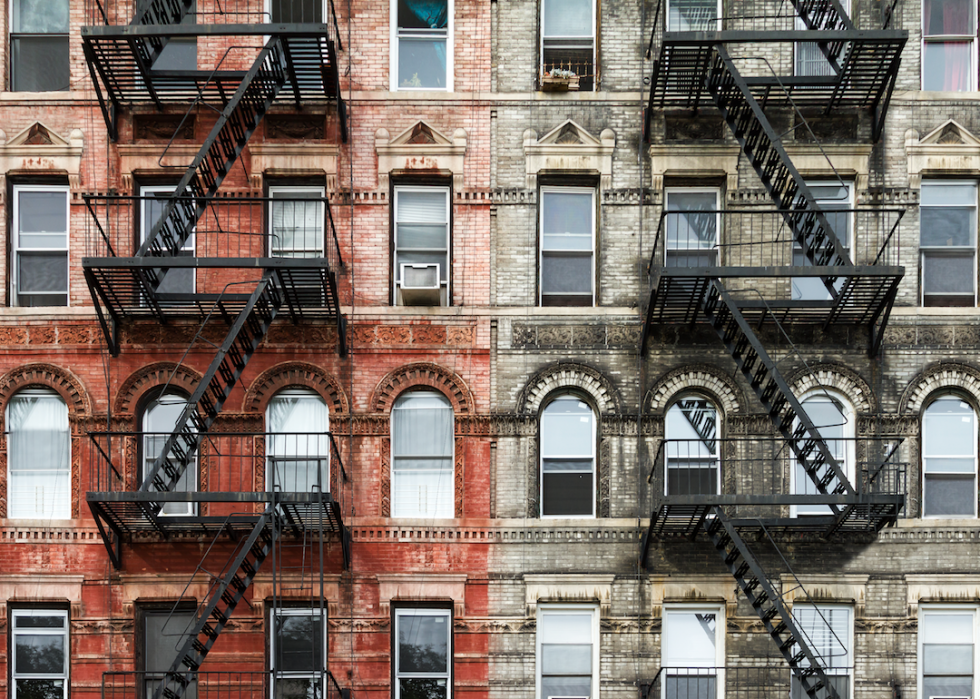
Lower East Side, New York City
By the end of the Civil War, there were more than 15,000 tenement buildings in New York City. For close to 100 years, millions of New Yorkers lived in these massively overcrowded, multi-family homes in substandard and often unsanitary living conditions. By the 1950s the worst buildings had been knocked down, but many of the old tenements still stand today (albeit gutted and remodeled), giving Manhattan's Lower East Side its distinct and iconic appearance.
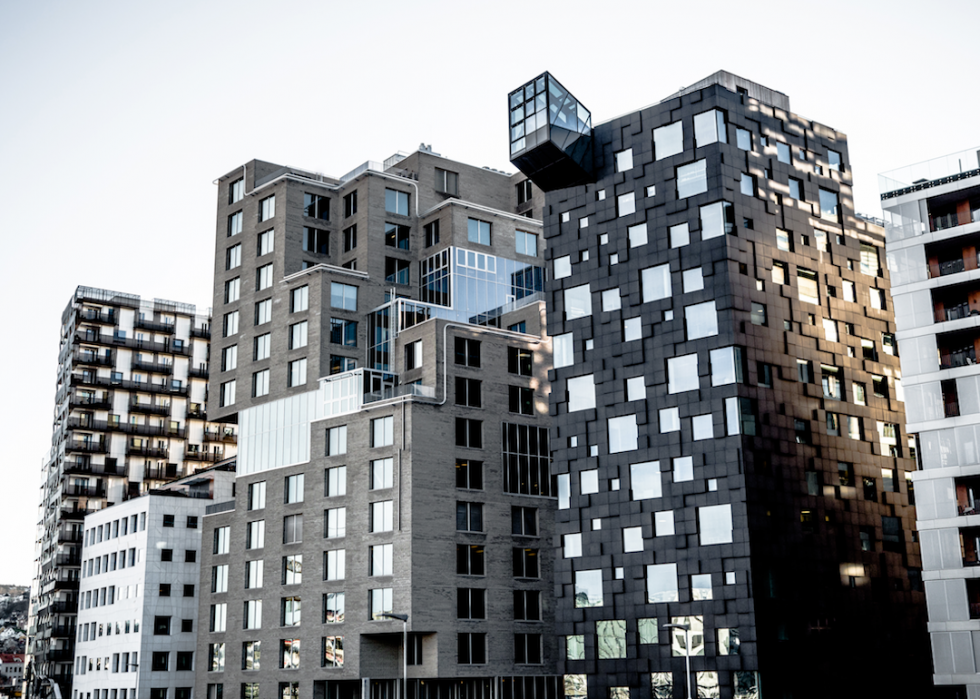
Oslo, Norway, Barcode Project
Consisting of 12 narrow highrise buildings of different heights and widths, Oslo's Barcode Project was developed by two Norwegian firms, DARK and a-lab, and Dutch agency MVRDV. So named because the development resembles a barcode, the modern project contains 400 apartments and a selection of restaurants, shops, and offices.
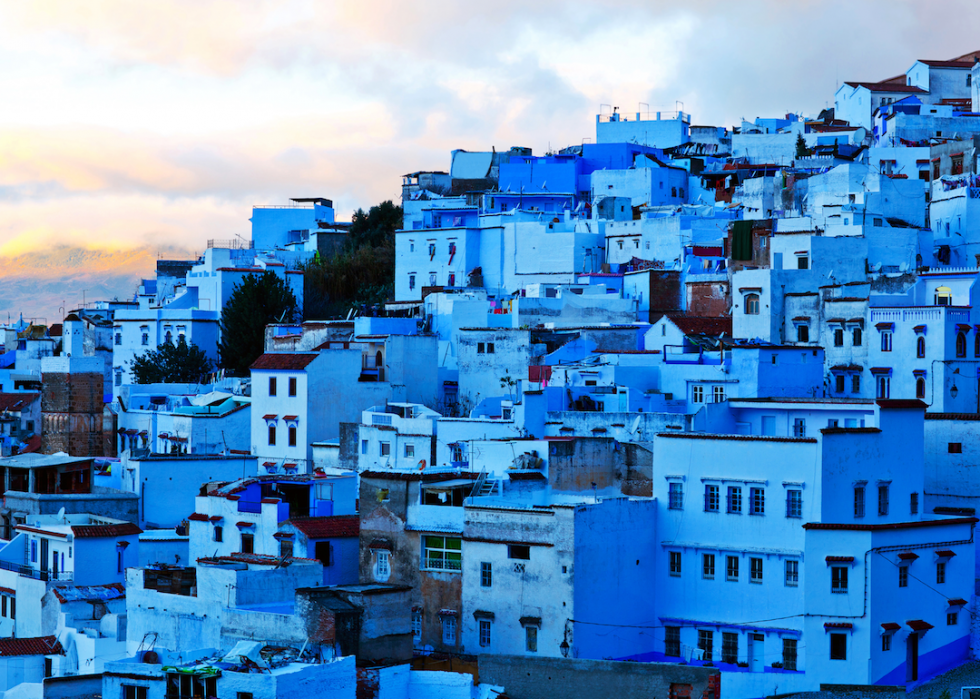
Chefchaouen, Morocco
Nestled in the Rif Mountains, Chefchaouen, Morocco, is known for its winding streets and varying shades of blue. Legend has it that the traditional whitewashed buildings were stained blue in order to repel mosquitoes, although the unique color is also attributed to the religious practices of the Jewish refugees who settled in the town in the 1930s.
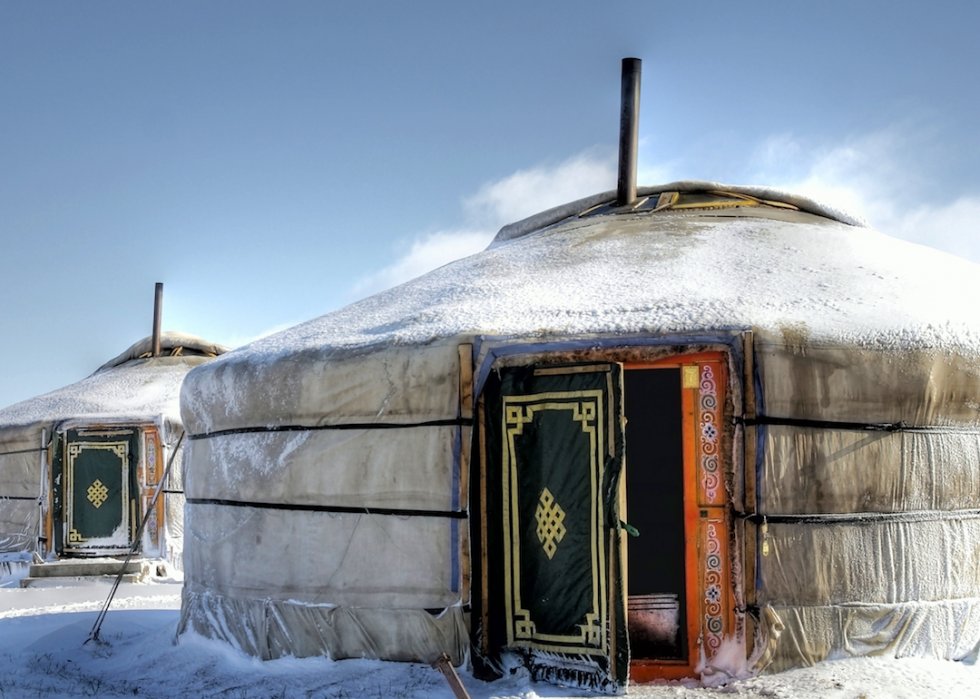
Ulaanbaatar, Mongolia, ger
The domed roof, canvas-covered, circular yurts called gers that Mongolians have lived in for millennia remain a central part of their cultural identity. Although the gers lack internal heat, proper sewage, or access to clean drinking water, the mobile huts tie Mongolians to their herder roots. And even as the country becomes more financially prosperous, many citizens are choosing to forgo fancy highrises for their comfortable and traditional family homes.
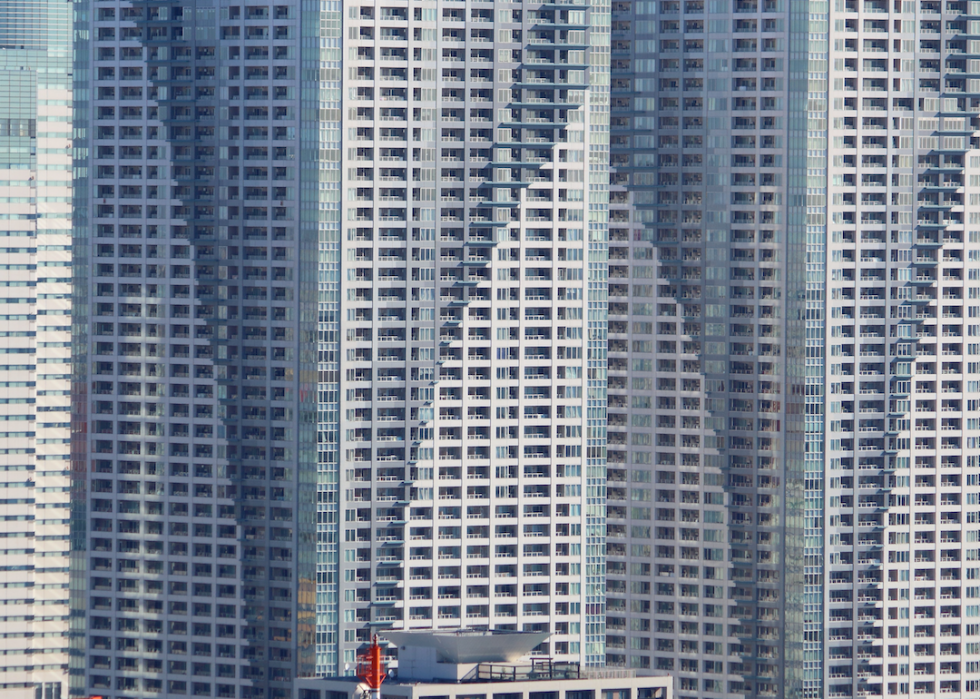
Tokyo, Japan
Tokyo was identified in a late 2018 report as the third-wealthiest city in the world. In recent years, there has been an increase in demand for luxury and ultra-luxury apartments in the city's most desirable neighborhoods created by this wealthy population. In areas like the Minato ward, the city's choicest neighborhood, there's no longer room to build independent mansions, so apartment buildings are getting higher and higher, creating a host of ultra-highrises.
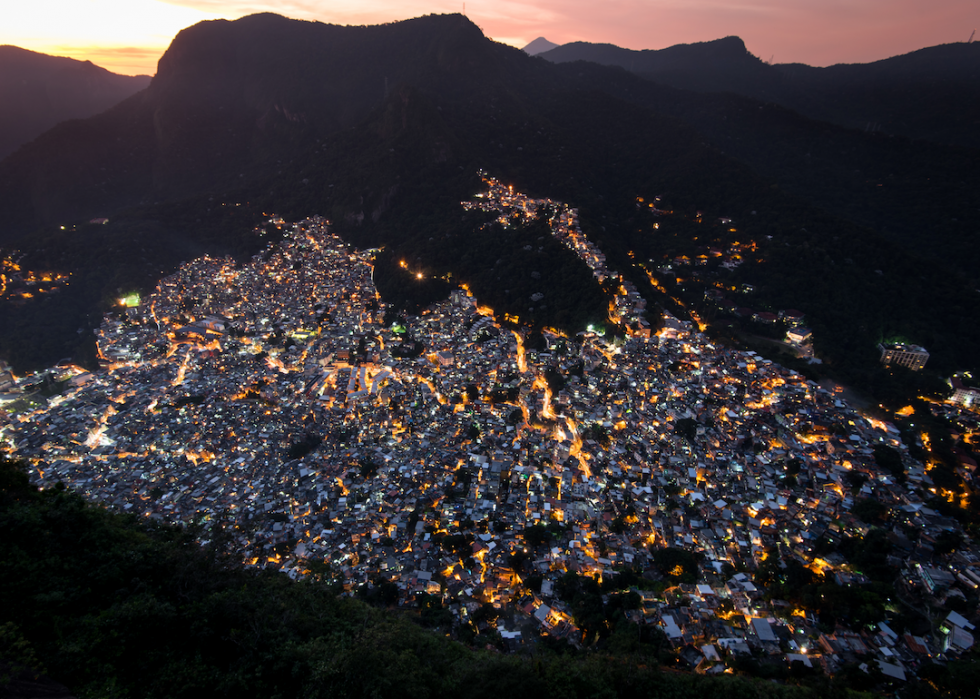
Rio de Janeiro, Brazil, favelas
In the early 1900s, migrants began flooding Rio looking for work. Unable to afford proper housing, they began constructing their own slapdash neighborhoods, ones that didn't adhere to building codes or have any sanitation. Today, there are an estimated 1,000 favelas in Rio that house 1.5 million residents. The favelas are so dense that, in many cases, roads and utilities are impossible to install and crime runs rampant.
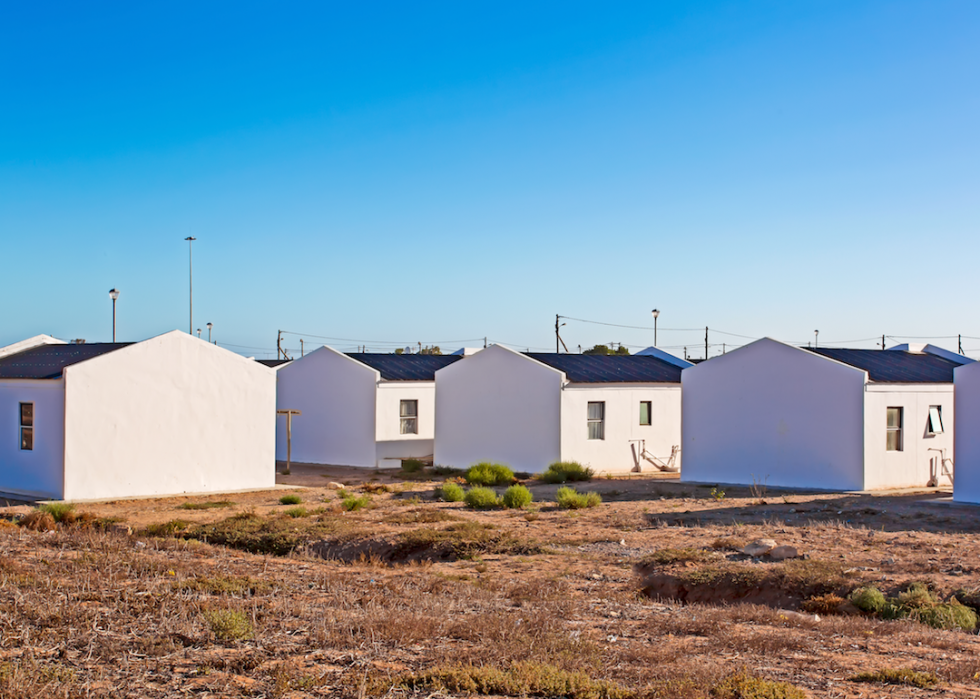
South Africa, RDP housing
With the transition to democracy and the end of apartheid in South Africa, the millions of citizens living in shantytowns became an urgent problem for the government. To disband these neighborhoods, Nelson Mandela promised that the government would build a million houses over the next decade for those in need. These 40-square-meter Reconstruction and Development Program (RDP) houses were provided free of charge to the country's poor. Today over 3 million of these instantly recognizable dwellings have been constructed, but those critical of the plan complain that their cheap construction has exacerbated the problem they were attempting to solve.
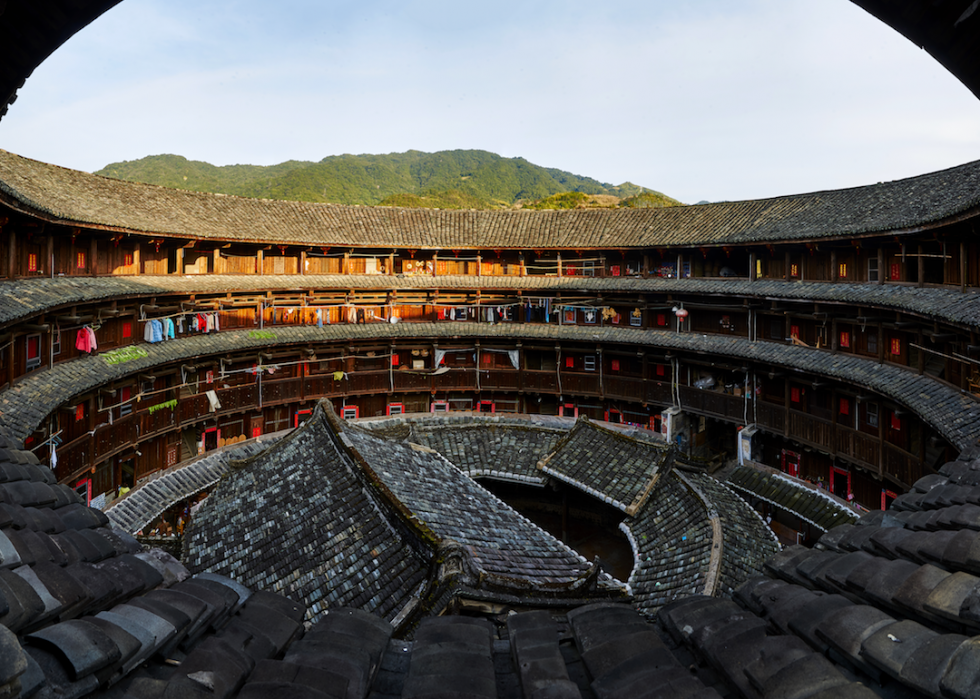
Fujian Province, China, Hakka houses
In Chinese, tulou literally means "earthen house." Built by the Hakka people who migrated in the late 11th century, these round, communal houses are now classified as UNESCO World Heritage sites. They're large, constructed in line with feng shui principles, and, in their heyday, housed up to 800 people. Today, the tulou are substantially more rundown and major tourist attractions but still serve as extended family homes.
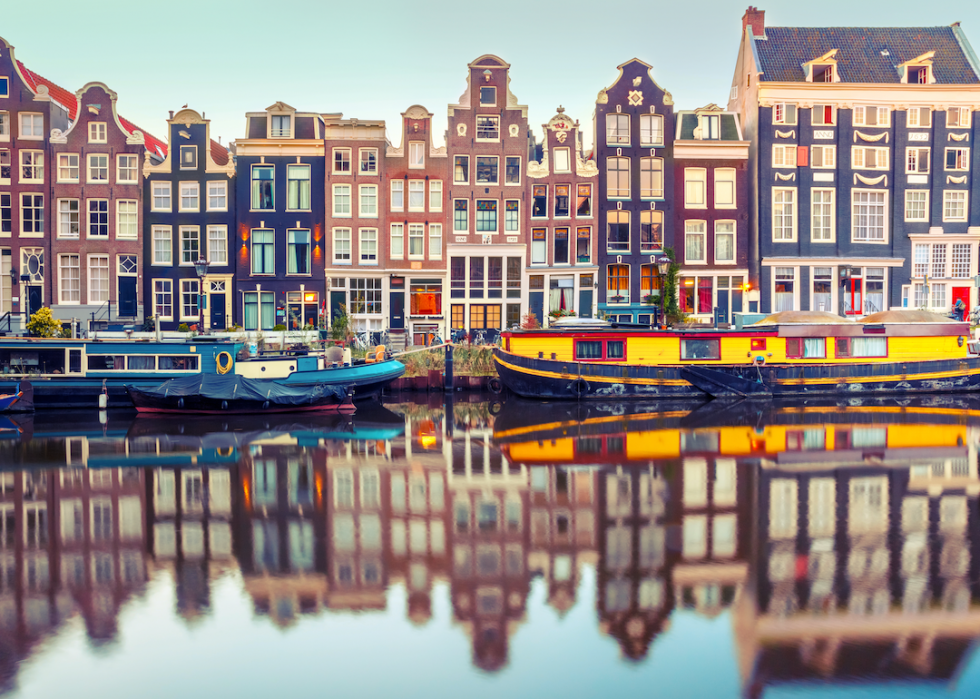
Amsterdam, Holland, canal houses
Part of the United Nations World Heritage, Amsterdam's canal houses are possibly some of the most instantly recognizable dwellings in the world. The picture-perfect homes reflect the wealth that flooded the city in the 17th century as Amsterdam grew from a small medieval town to an international city and massive port town. The houses, all built on nearly identically plots, are narrow but deep, incredibly ornamental, and nearly all designed by the same three architects.
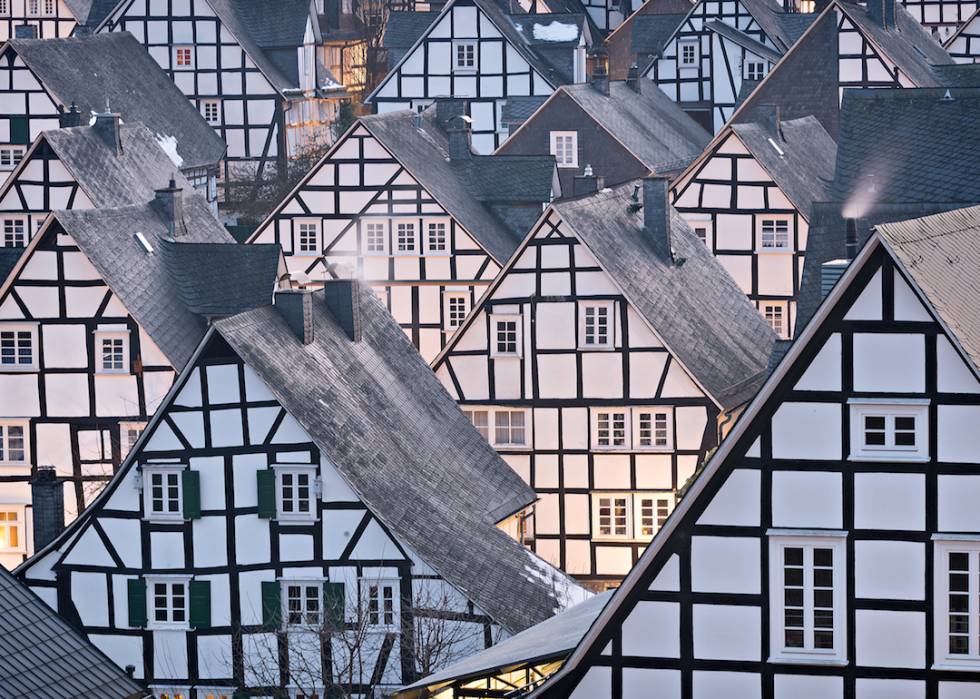
Freudenberg, Germany, timber-frame houses
Nestled in a forested mountain range, Freudenberg's timber frame houses look like they belong in a fairytale. The oldest standing houses date back to the 17th century when townsfolk simply chopped down a few of the surrounding trees to build their family homes. Today these gorgeous German homes are popular tourist attractions.
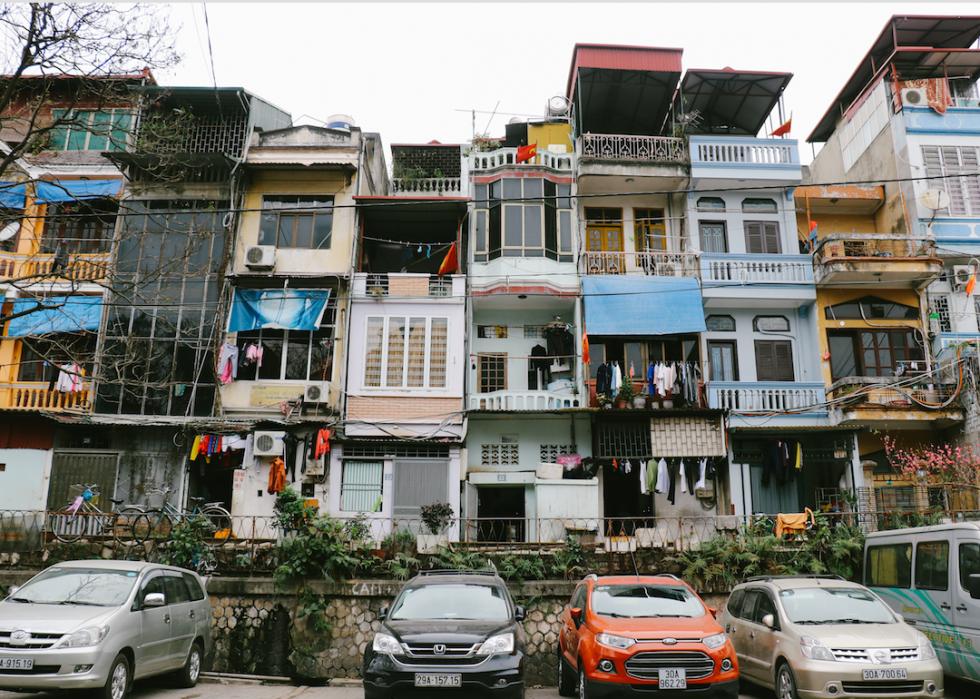
Hanoi, Vietnam, tube houses
In the 1990s, Hanoi, Vietnam, underwent a wave of modernization and commercialization that drove thousands of new residents to the city center. The already densely packed houses and shops in the busiest quarters became even narrower as plots of land were split in two to accommodate newcomers. Advancements in technology allowed these so-called tube houses to grow beyond their traditional two floors, now topping out at five or six. Today these narrow and elongated houses are signs of a bustling, fruitful city.
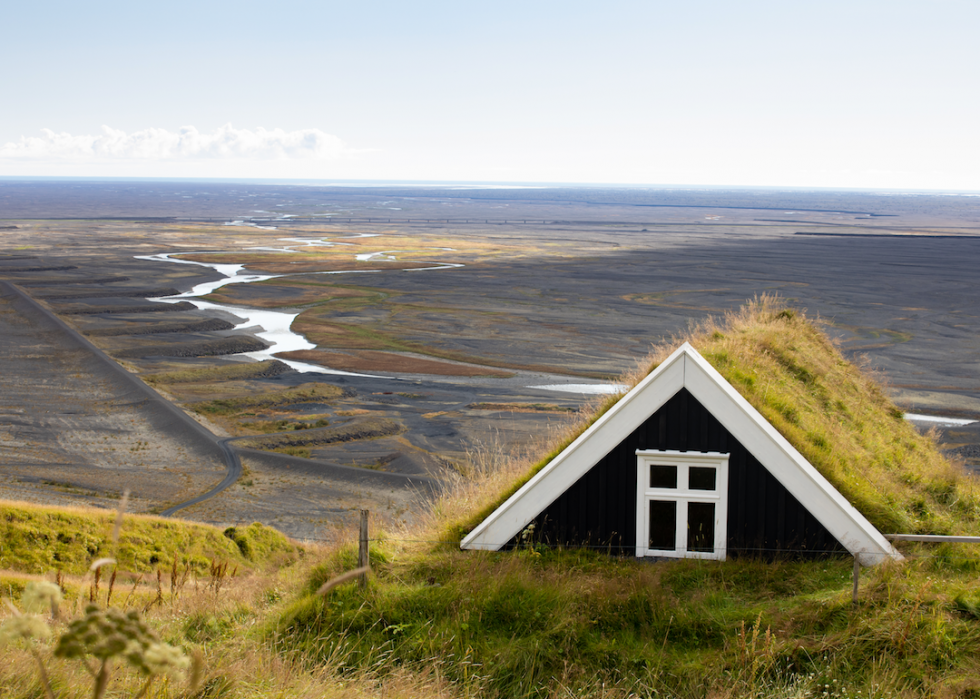
Iceland, turf houses
From the time Iceland was settled until the mid-20th century, locals lived in what is commonly referred to as "turf houses." These small structures consisted of a stone floor, a wooden frame, and at least two layers of turf covering everything except the front door. More modern versions of these homes, where only the roof is covered in turf, are still in use today. The unique nature of the "hobbit hole" homes allowed them to stay warm and insulated during the country's harsh winters.
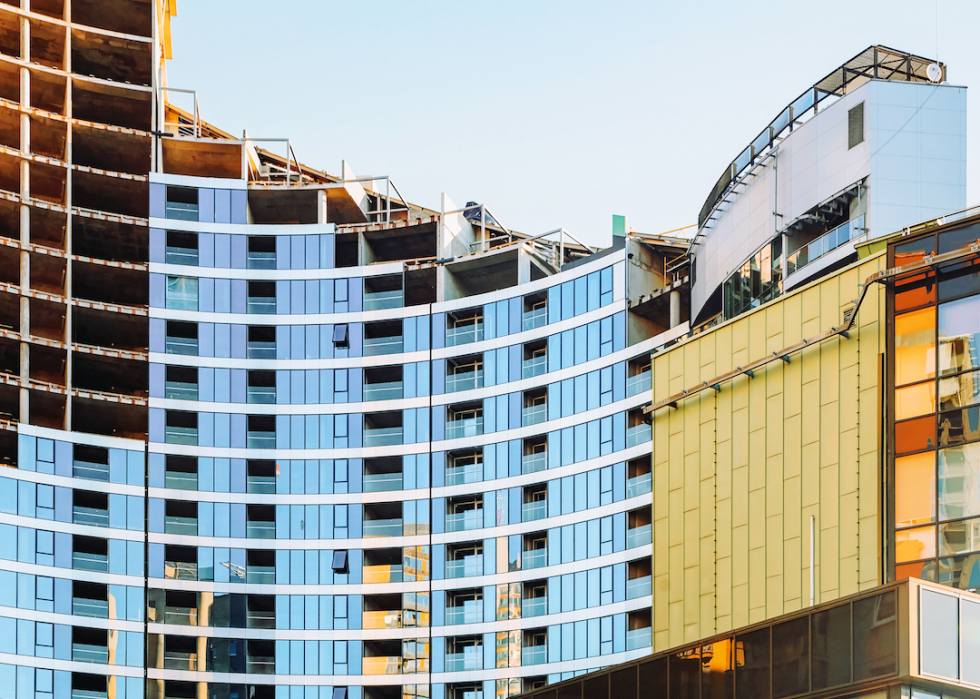
Vilnius, Lithuania
After nearly 50 years of Soviet occupation, Lithuania established its independence in 1990 and joined the European Union in 2004. The country's rocky political history is reflected in the way Lithuanian homes have changed over the last 100 years. Before Soviet rule, the country had been mostly timber villages, but after the USSR occupied the country, there was a rapid shift toward concrete utilitarian highrises. These days, glass skyscrapers and decorative homes have been popping up around the country, indicating the return of private property and the change in political attitudes.
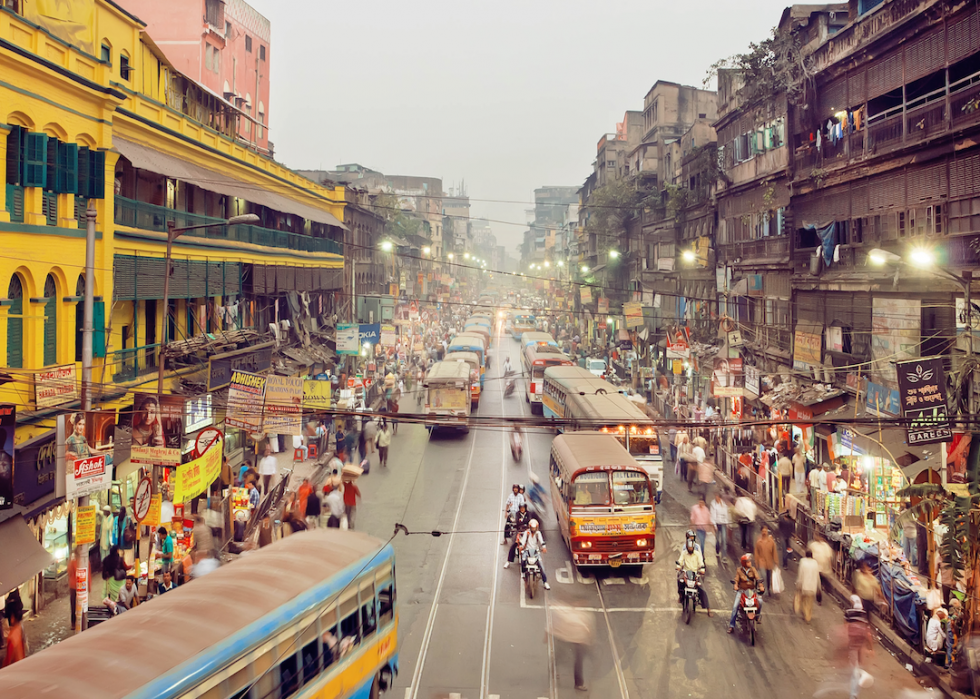
Kolkata, India
One of India's largest cities, Kolkata rapidly industrialized after the arrival of the British East India Company in 1690. After thriving economically for years under British rule, the city began to struggle under democratically elected communist rule beginning in 1977. It's this history that set the scene for the chaotic, vibrant, and crowded feel of Kolkata's residential districts.
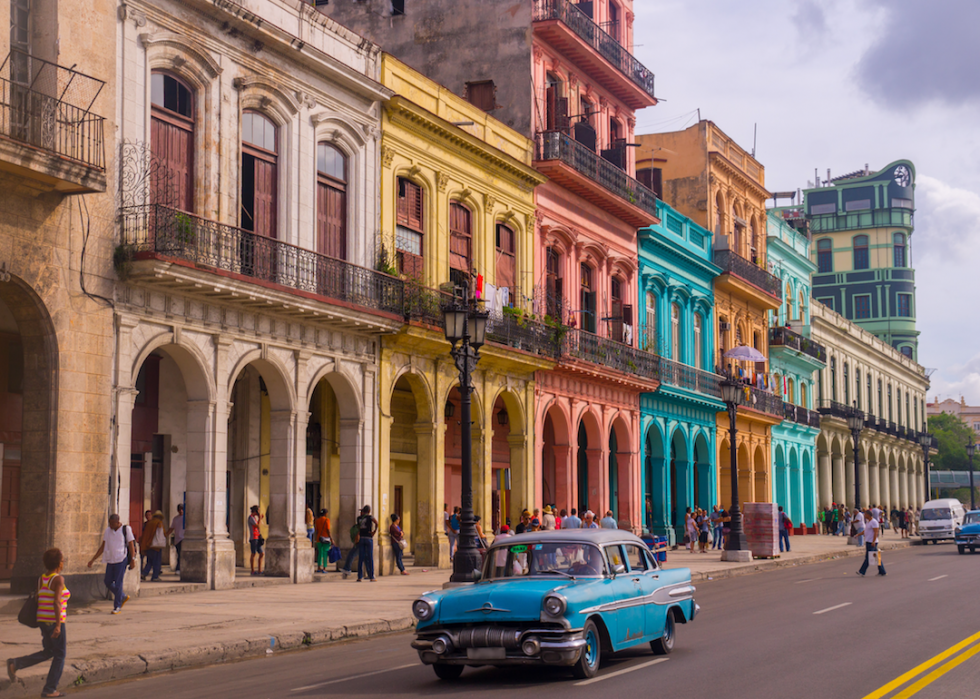
Havana, Cuba
While Cuba's most recent history is that of a communist country ruled by an unsavory dictator, that's not the country's only story. At different periods throughout the 19th and 20th centuries, Cuba was wealthy, prosperous, and international. It was during these golden years that the tropical island earned its reputation as "the most colorful country on Earth." Citizens in Havana as early as the 16th century literally wore their wealth on their sleeves, painting their residential and commercial buildings vibrant shades of green, yellow, pink, and "colonial blue."
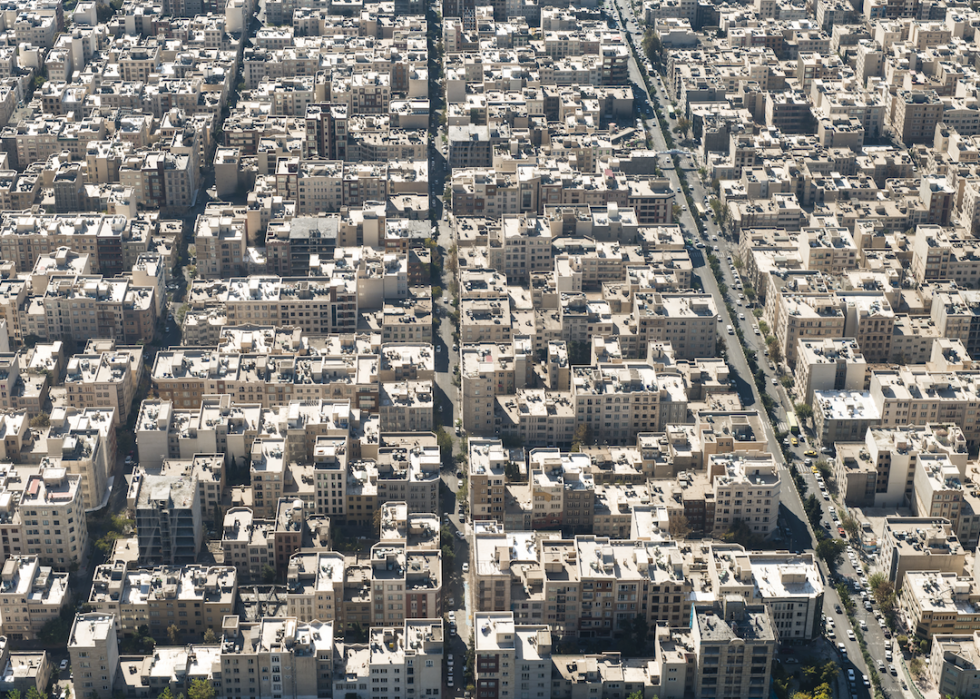
Tehran, Iran
After Iran's 1979 Islamic revolution, the country was consumed by war, rebuilding, and international sanctions. During this time of turmoil, the Middle Eastern country had more pressing things to pour its resources into than bold, inventive architecture. As a result, major cities like Tehran are filled with nearly identical apartment buildings, industrial complexes, and commercial developments. However, that's slowly changing; young, experimental builders and architects have begun developing unique new projects and homes in the cosmopolitan city.

Guanajuato, Mexico
Once a silver mining town, Guanajuato, Mexico, has now earned the title of the most colorful city in Mexico. Its colorful homes and alleyways, as well as its over-the-top architecture, are indicative of its wealth and prosperity.
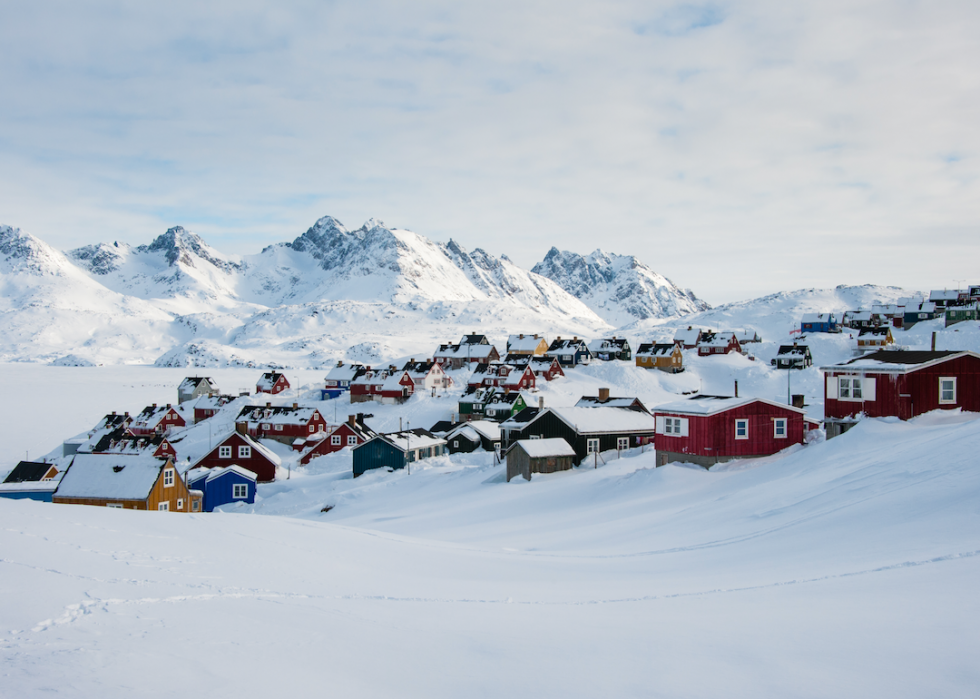
Tasiilaq, Greenland
Once upon a time, the colors of the buildings in Greenland corresponded to their use: red for commercial houses, yellow for hospitals, black for police stations, blue for fish houses, and green for the telephone company. Those days of color coordination are long gone, but the tradition of painting the low-slung wooden houses vivid colors remains.
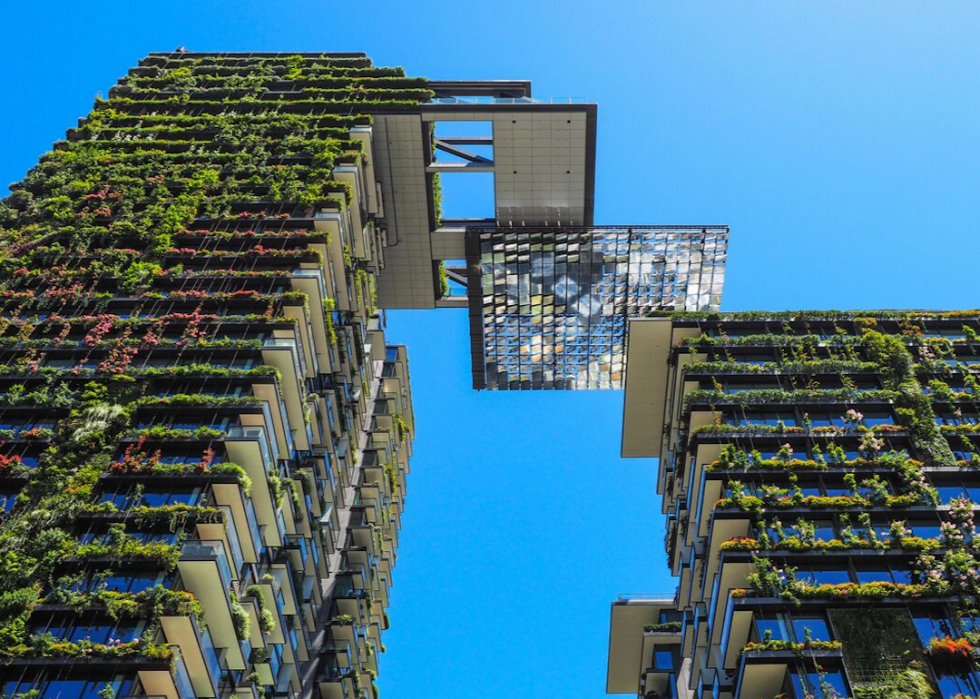
Sydney, Australia, One Central Park
An award-winning, mixed-use building in the heart of Sydney, Australia, One Central Park is the modern-day equivalent of the Hanging Gardens of Babylon. With over 250 native Australian flowers and plants covering the facade, the building is iconic. It's also representative of the new, greener direction architects are planning to take as they grow the Sydney skyline.
You may also like: 30 beautiful structures from the mind of Frank Lloyd Wright



